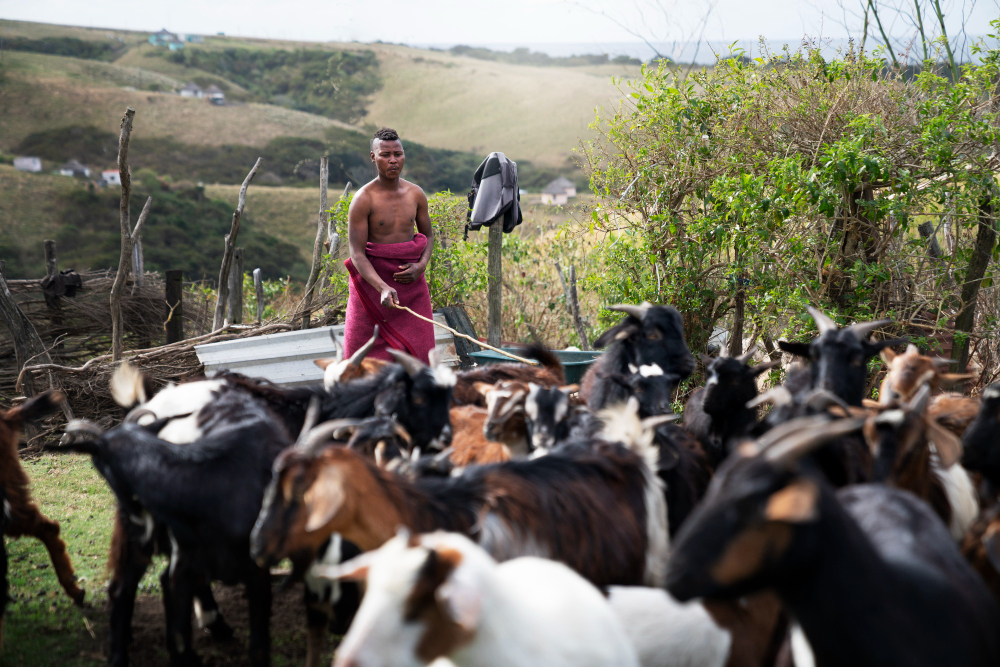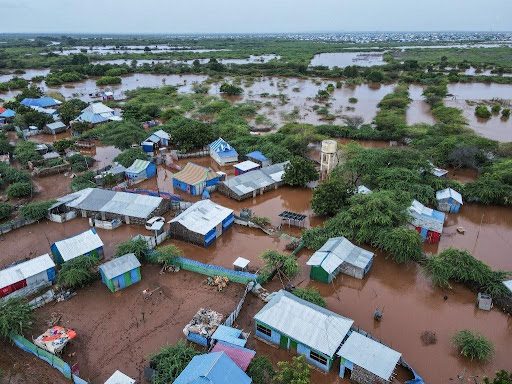

Africa’s livestock sector is not merely a backdrop to a larger agricultural story—it is a battlefield where survival, innovation, and resilience collide daily. Confronted by the relentless forces of climate change and economic upheaval, the continent’s herders, farmers, and policymakers are engineering solutions that defy the odds and rewrite the rules of engagement.
In South Africa’s Limpopo province, the fertile grazing fields of the past have given way to parched, unyielding terrain. Goats, long dismissed as inferior livestock, have become symbols of resilience. Requiring minimal forage and water, they offer a sustainable livelihood for farmers navigating cycles of severe drought. According to a report by the Food and Agriculture Organization (FAO), goats have shown remarkable adaptability in arid regions, providing sustenance where other livestock fail. Meanwhile, in Kenya’s Samburu County, camel herders are leading a quiet revolution. A study by the International Livestock Research Institute highlights camels’ ability to thrive under extreme conditions, offering milk and stability when cattle falter. “It’s not about replacing cows,” a herder explained. “It’s about working with what the land allows.”
Zimbabwe’s farmers are embracing innovation to address feed shortages. Maggot farming, a practice endorsed by the Zimbabwe Agricultural Society, transforms organic waste into high-protein livestock feed. This unconventional yet sustainable solution reduces costs and tackles environmental challenges. “Every kilo of maggots we farm is a kilo of hope for our livestock,” one farmer noted. By turning waste into opportunity, Zimbabwe is redefining the boundaries of agricultural ingenuity.
Southern Africa’s hunger crisis, exacerbated by unrelenting drought, lays bare the interconnectedness of food security and livestock health. The World Food Programme reports that over 45 million people in the region face acute food insecurity, with livestock losses deepening the crisis. Emergency measures, including feed distribution and water provision, have become essential for survival. At the same time, disease outbreaks add to the sector’s burden. South Africa’s Department of Agriculture has made strides in controlling foot-and-mouth disease and avian influenza through improved biosecurity measures and vaccination campaigns. However, the persistent threat of African swine fever underscores the need for continued vigilance and investment in animal health systems.
The African Union’s vision for the future of livestock was on full display at the Hand-in-Hand Global Investment Forum in October 2024. Held in Rome, the event showcased transformative initiatives such as the Resilient African Feed and Fodder Systems (RAFFS) Project. Led by the AU’s Inter-African Bureau for Animal Resources (AU-IBAR), these initiatives focus on pasture storage, maize production, and black soldier fly farming. Expected to attract $231 million in investments, benefit 700,000 people, and reduce carbon emissions by 100,000 tonnes, these projects underscore the urgency of sustainable practices. “Investing in our livestock is investing in global stability,” declared an AU spokesperson. Such efforts highlight the necessity of climate-smart practices and improved market access for farmers, as emphasized in AU-IBAR’s recent reports.
The road ahead for Africa’s livestock sector is fraught with challenges but brimming with possibilities. Beyond the immediate need for adaptation lies the promise of innovation—genetic improvements in livestock breeds, climate-smart grazing systems, and regional trade agreements that open new markets. Collaborative efforts among policymakers, farmers, and international stakeholders will be essential for sustained growth. This is not merely a story of survival; it is a saga of reinvention. Africa’s livestock sector, much like the continent itself, is dynamic, defiant, and determined to forge a future where resilience is not the exception but the rule.


